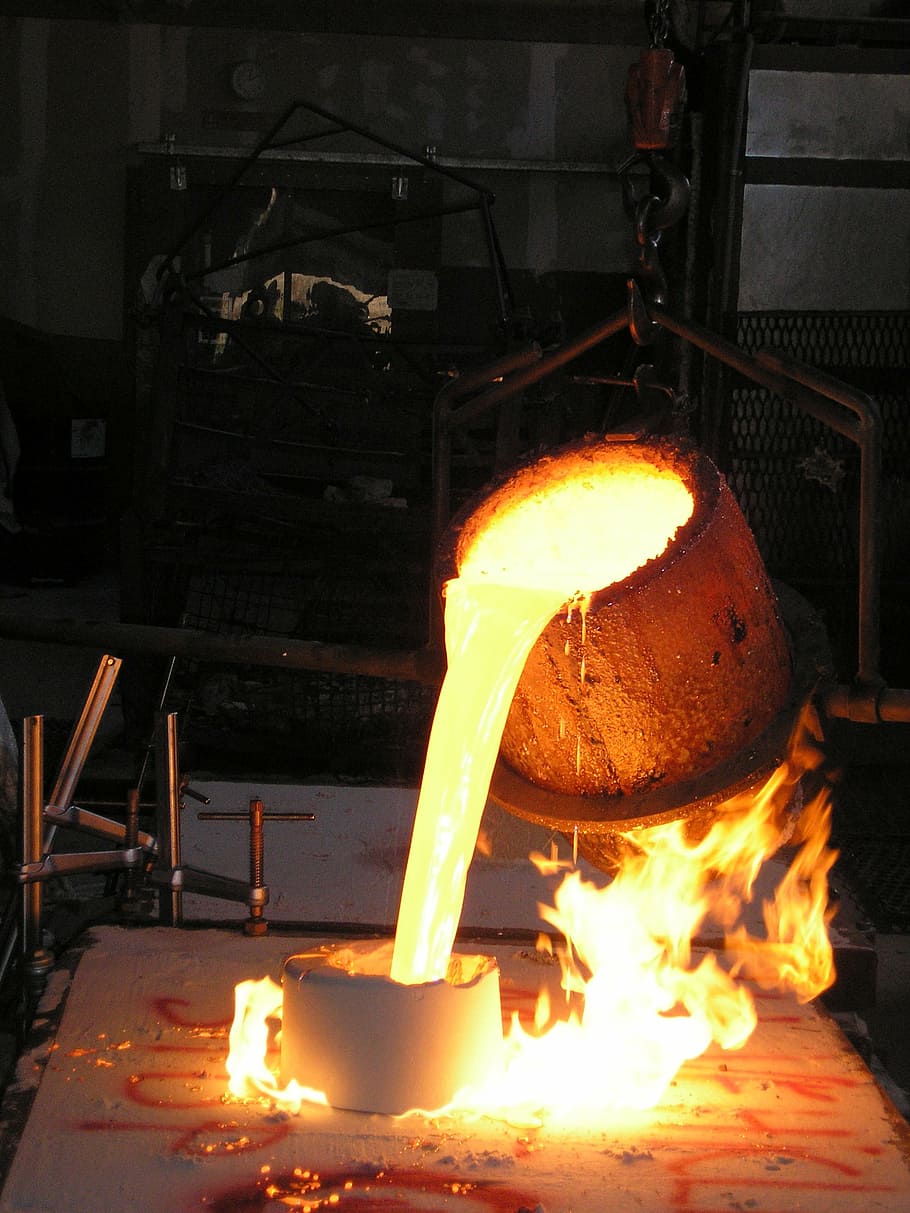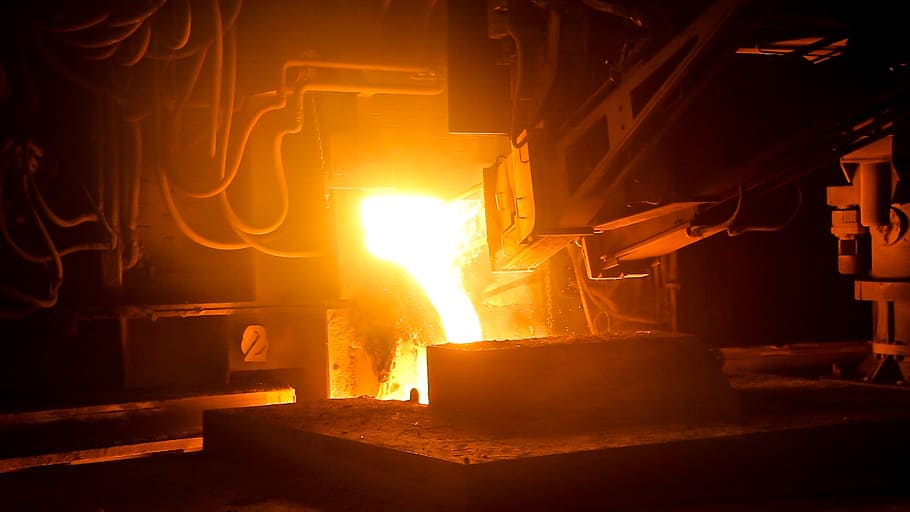
Casting and finishing are crucial processes in the manufacturing world, especially when working with metals like aluminium. Each technique offers unique benefits and is suitable for specific applications. Understanding the nuances of each method can significantly impact the quality and functionality of your final product. Let’s dive into the world of aluminium casting and finishing, exploring key methods and tips for achieving excellence.
Aluminium Die Casting
Aluminium die casting is a precision casting method, ideal for creating complex shapes with high levels of detail and smooth finishes. This process involves forcing molten aluminium into a mould under high pressure. It’s particularly suitable for high-volume production of small to medium-sized parts.
Tip: Ensure the mould design is optimised for the die-casting process to prevent issues like porosity and to facilitate easy removal without damaging the parts.
Gravity Die Casting
Gravity die casting, also known as permanent mould casting, relies on gravity to fill the mould with molten aluminium. This method offers excellent dimensional accuracy and smoother surfaces compared to sand casting. It’s well-suited for medium to high-volume production.
Tip: Control the pouring rate and temperature to minimise air entrapment and porosity, enhancing the mechanical properties of the cast parts.
Low Pressure Die Casting
Low pressure die casting is a technique that uses pressure to push the molten aluminium into the mould. This method is excellent for producing parts with complex geometries and thin walls. It also reduces porosity and allows for better control over the casting process.
Tip: Maintain consistent pressure and monitor the temperature closely to ensure uniform filling and cooling, minimising defects.
Sand Casting

Sand casting is one of the oldest and most versatile casting processes. It involves compacting sand around a pattern, removing the pattern to leave a cavity, and then pouring molten metal into the cavity. Sand casting is ideal for creating large components and allows for low-cost tooling.
Tip: Use high-quality sand and precise binding agents to improve the mould’s stability and finish, reducing the need for extensive post-casting finishing.
Casting Porosity Sealing & Impregnation
Porosity in casting can lead to leaks and reduce the integrity of the component. Sealing and impregnation processes are used to fill these voids, enhancing the strength and pressure tightness of the cast parts.
Tip: Choose the right sealing material based on the intended application of the part and the type of metal used. This will ensure the longevity and functionality of the component.
Expanding Your Casting Horizons
Casting and finishing are art forms that require attention to detail, understanding of materials, and precision in execution. Whether you’re dealing with aluminium die casting, exploring the benefits of gravity or low pressure methods, or utilising the versatility of sand casting, each process has its own set of challenges and solutions. The key to success lies in carefully selecting the method that best suits your project requirements and optimising the process to reduce defects like porosity.
For components that require high precision and minimal porosity, considering professional services for casting porosity sealing and impregnation can make all the difference. These specialised treatments not only enhance the mechanical properties of your parts but also extend their lifespan by making them more resistant to environmental factors.
A Final Note on Casting Excellence
Achieving perfection in casting and finishing is a journey of continuous learning and improvement. By understanding the strengths and limitations of each casting method and adopting best practices for porosity management, manufacturers can significantly enhance the quality and performance of their metal components. Remember, the key to mastering casting and finishing lies in the details—meticulous preparation, precise control, and a thorough understanding of materials and processes.
Whether you’re a seasoned professional or new to the field of metal casting, embracing these tips and techniques will set you on the path to creating superior products with confidence and skill.
